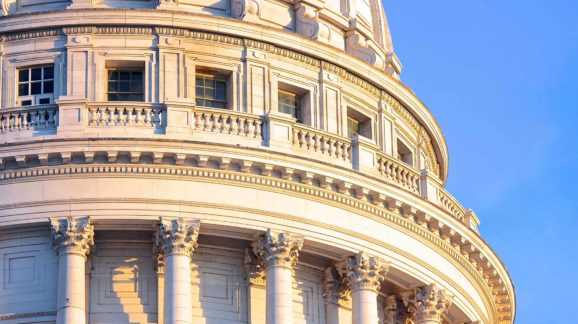Why Congress Must End Regulation by Guidance Document

Full Document Available in PDF
Several pre-election congressional task forces are now busy at work, trying to set a policy agenda for the next administration and Congress. These include task forces on homeland security and health care, while three others seek to address the overlapping challenges of reining in executive branch overreach, restoring congressional authority under the Constitution, and expanding congressional oversight and control of the federal regulatory enterprise. To have any chance of accomplishing these goals, they need to focus on “regulatory dark matter”—guidance documents, memoranda, and even blog posts—used by federal agencies to enact rules while skirting the formal regulatory process under the Administrative Procedure Act (APA).
President Obama has been deservedly criticized for unilateral executive actions that are dreadnoughts of rule-without-Congress. But federal agency guidance documents, memoranda and other regulatory dark matter swell ominously, often out of sight. If executive orders and legislation sometimes strain doctrines of limited government, sub-rosa decrees of bureaus most assuredly do. Collectively, the 2016 congressional task forces need to address executive branch overreach and agency rulemaking undertaken without congressional authority.